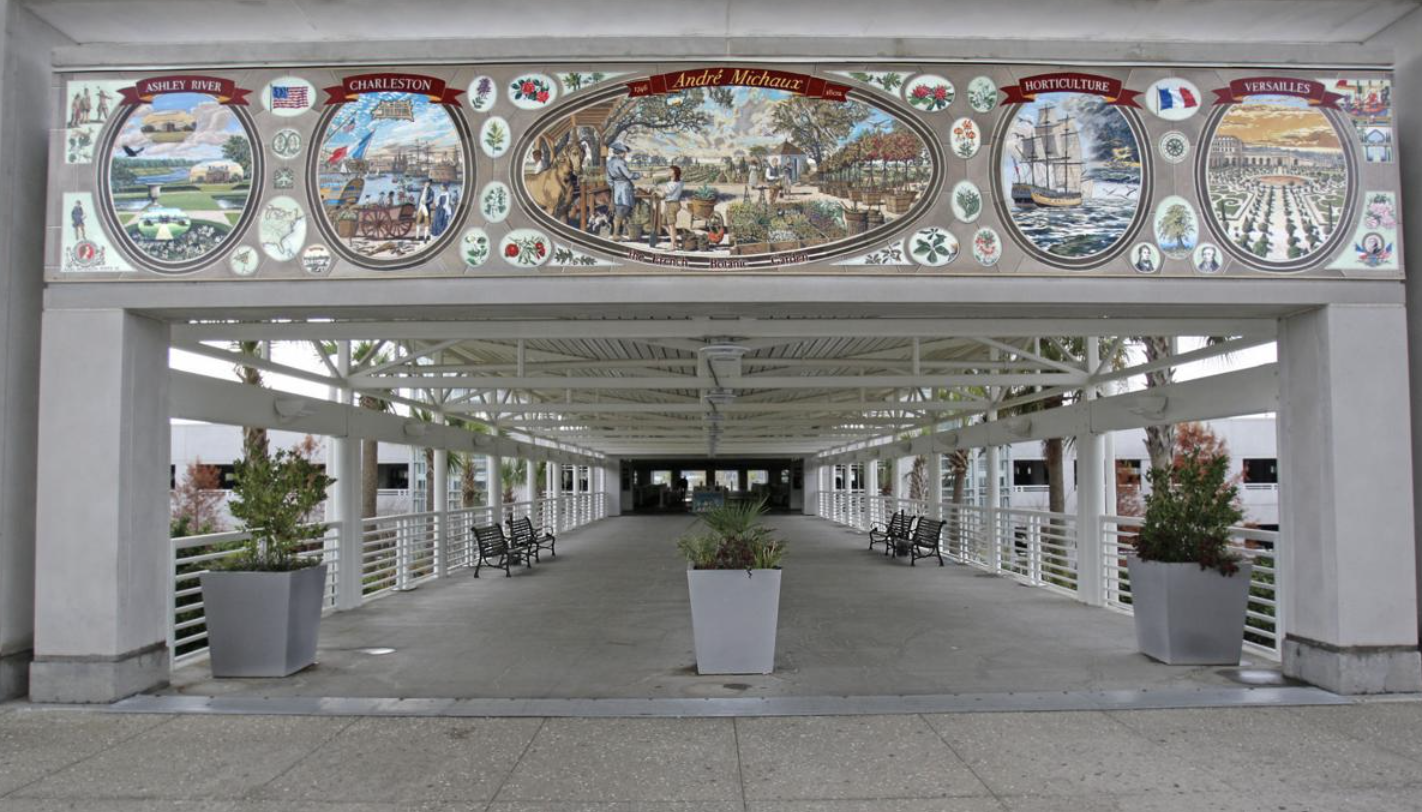The Mysterious "B" and Charleston's Trees
In the spring of 1837, city officials wanted to re-construct the streets to conform better to the design and layout of the city’s drainage system. The streets needed to be convex with a gradual rise to the center. Existing drains and grates were to be replaced with new ones along the sides of the streets. To accomplish this required clearing all of the trees, most likely Chinaberry and Paper mulberry, that had been planted to help separate the streets from the sidewalks. The public outcry from all of the lost trees left city officials anxious for a plan to replace them.
Charleston’s mayor John Schnierle consulted “B” for the best trees to plant. The strongest suspect for “B” is Reverend John Bachman. Bachman served as the minister of St. John's Lutheran Church on Charleston's Archdale Street for 56 years (1815-1874). When not ministering, Bachman spent much of his time collecting plants for his elaborate garden on Pinckney St. (now Rutledge Ave.) and pursuing scientific studies of flora and fauna. Bachman is probably most famous for the friendship and working relationship he developed with John James Audubon. Bachman was instrumental with the completion of Audubon's Birds of America, and by 1847, Bachman and Audubon were successful as co-authors of The Viviparous Quadrupeds of North America.
Reverend Bachman
If “B” was indeed Reverend Bachman, the list he prepared to appease the irate Charleston citizens in 1837 was split between “objectionable” and “recommended.” "B" objected to however many Chinaberry and Paper mulberry were removed. He also frowned upon Carolina laurelcherry (Prunus caroliniana), Red cedar (Juniperus virginiana), American holly (Ilex opaca), “Wahoo” or Winged elm (Ulumus alata), Black locust (Robinia pseudoaccacia), Catalpa (Catalpa syringifolia), Southern magnolia, Live oak, pines, and all other evergreens. “B” believed deciduous trees would be best for the purpose of temperature control. “In our moist and warm climate we require shade in summer, but in winter our streets are benefitted by the continued effects of air and sun, and therefore in all cases I prefer deciduous to evergreen trees.”
The trees “B” recommended was the American elm (Ulmus americana), the Tree of Heaven (Ailanthus altissima), Water (Quercus aquatica) and Laurel (Q. laurifolia) oak, Box elder (Negundo accroides), White poplar (Populous alba), Eastern cottonwood (Populus angulata), Sycamore (Plantanus occidentalis), Redbay (Lauras carolinensis), Red maple (Acer rubrum), Hackberry (Celtis occidentalis), Abyssinia (Albizia julibrissin), and French tamarisk (Tamarix gallica). The current scientific name for Redbay is Persea borbonia. “B” also listed Varnish tree but without a scientific name. Most Varnish trees are associated with mahogany which offers any number of valuable uses other than shade.
Andre Michaux mural at the Charleston Airport
Whichever "B" 's recommended trees were planted, hurricanes, fires, a Civil War, and time have all since allowed the Lowcountry's native trees to re-establish themselves. A stroll today along the old streets of Charleston today would reveal mostly Live oak, Southern magnolia, and Cabbage palmetto. The major exception would be the Crepe-myrtle (Lagerstroemia indica) that French botanist André Michaux and his son François André Michaux were the first to introduce in North America at their nursery they maintained just north of downtown Charleston where jet airplanes, not White-eyed vireos, now take off and land.
This post was researched and written by naturalist Layton Register. Layton hosts the Natural History of Charleston and the Lowcountry tour, exploring the natural and cultivated world in and around Charleston. You can book your spot on this tour here.


